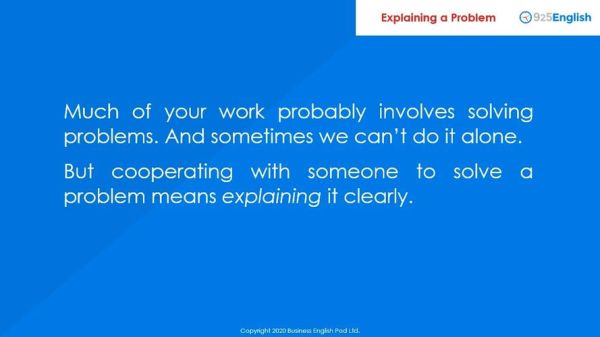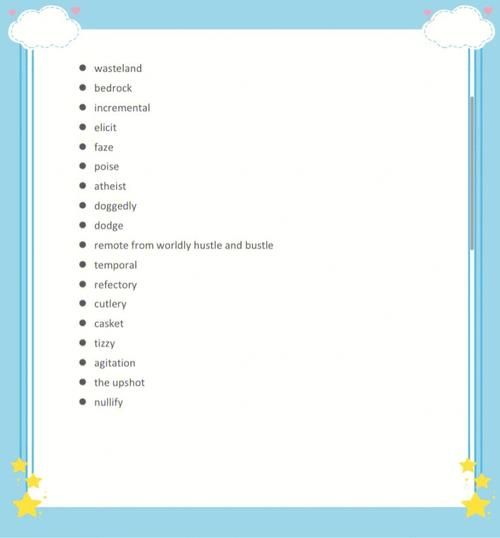Yes, you can craft compelling English art captions by balancing poetic brevity with clear context, choosing vivid verbs, and aligning tone with the artwork’s emotion.

Why Bother with English Art Captions?
Art speaks, yet words amplify. A concise caption in English widens your audience, improves SEO, and invites deeper engagement. Without it, even a masterpiece risks scrolling past unnoticed.
Core Elements of a Magnetic Caption
- Hook: A sensory or emotional trigger in the first five words.
- Context: Medium, size, or inspiration in one crisp clause.
- Call-to-Feel: A gentle prompt that nudges viewers toward reflection.
How Do I Start the First Line?
Ask yourself: What single sensation does this piece evoke? Then compress it. Instead of “This painting shows a sunset,” write “Molten copper spills across the horizon.” The latter paints with words, not labels.
Choosing Verbs That Breathe
Weak: is, has, looks. Strong: bleeds, whispers, fractures. Swap “The sculpture has curves” for “The sculpture curls like *** oke.” One active verb often replaces three dull ones.
Length Sweet Spot for Social vs. Portfolio
| Platform | Ideal Words | Example |
|---|---|---|
| 15–25 | “Ink rivers carve midnight into paper.” | |
| Behance | 40–60 | “Charcoal on cotton rag, 70×100 cm, exploring silence after sirens.” |
| Gallery Wall Label | 25–35 | “Oil and gold leaf, 2023. Memory flickers between presence and absence.” |
Embedding Keywords Without Sounding Robotic
Blend them into narrative. If your keyword is abstract seascape painting, weave it naturally: “This abstract seascape painting dissolves horizon into emotion.” Search engines notice; readers don’t cringe.
Common Pitfalls and Quick Fixes
- Pitfall: Over-explaining symboli *** .
Fix: Leave 30% unsaid; mystery invites comments. - Pitfall: Clichés like “breathtaking beauty.”
Fix: Invent fresh metaphors from personal memory. - Pitfall: All caps for emphasis.
Fix: Use italics or strategic line breaks instead.
Structuring a Two-Sentence Caption
Sentence 1: Sensory snapshot.
Sentence 2: Micro-story or question.
Example:
“Sunlight fractures through cracked glass, scattering amber ghosts. What memories would you piece back together?”

Using Line Breaks for Rhythm
On mobile screens, line breaks act like punctuation. Try:
“Porcelain skin,
kintsugi veins,
a map of healed storms.”
Each pause lets the image sink deeper.
Adapting Tone to Art Genre
- Minimalist: Sparse, almost clinical. “White. Silence. Breath.”
- Surreal: Dream logic. “Clocks melt, yet time stands barefoot.”
- Street Art: Urban pulse. “Concrete shouts color where walls forgot how to whisper.”
How Do Hashtags Fit In?
Place them after a line break or in the first comment. Keep art-specific: #encausticdreams #ceramicnarratives. Avoid generic tags like #art; they drown in noise.
Testing Caption Performance
Run A/B tests on Instagram Stories. Post the same artwork twice, 48 hours apart, with two caption variants. Track saves, shares, and profile visits. The caption with higher saves usually resonates deeper.
Translating Emotion Across Cultures
English readers often favor directness. Instead of “The work contemplates existential void,” say “It stares into the void so you don’t have to.” Same idea, sharper edge.
Quick Template Library
1. [Medium] meets [emotion]: “Watercolor meets homesick blues.” 2. [Verb] + [metaphor]: “Bronze remembers the fire it once fled.” 3. Question hook: “Who taught shadows to sing?”
Final Micro-Checklist Before Posting
□ First five words hook?
□ One vivid verb?
□ Keyword naturally placed?
□ Clichés hunted and killed?
□ Call-to-feel or question ends it?

Master these steps, and your English art captions will stop thumbs, spark shares, and quietly climb search rankings—one poetic line at a time.

评论列表